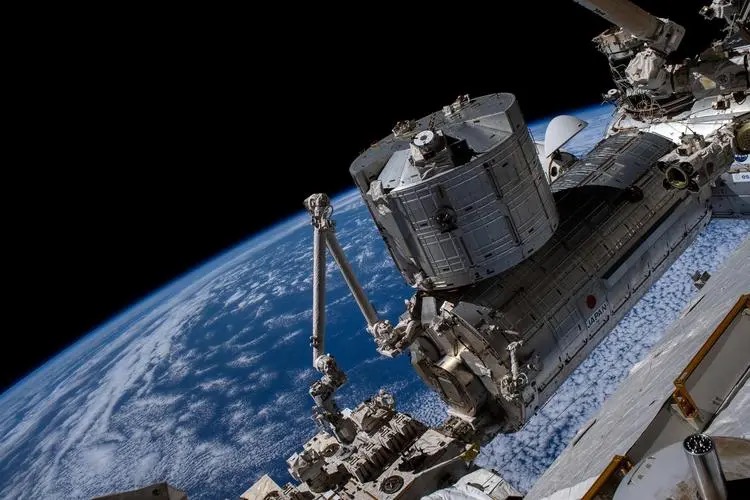With the continuous advancement of technology, we are in an exciting era where mankind is actively exploring space. The construction and operation of space stations are at the centre of much attention. Let me introduce you to this exciting field, exploring the technologies required to reside on a space station and how they are shaping our future. So what is space station residency? A space station residency is when astronauts spend some time on a space station, like staying in a space hotel. They do science experiments, fix things, and do other work there. These space stations are like science labs that we build in space, like the International Space Station (ISS).

Living on a space station is like being dropped into a self-sufficient magical eco-bottle. Inside this eco-bottle, we use technological magic to create a closed cosmic niche, which is like a super miniature version of Earth. This magical eco-bottle can provide you with all the resources you need to survive, just like creating a life supply station in the boundless universe. The oxygen, water and food in here are all produced through green factories inside the eco-bottle, and these factories are magical plants. They are like corals in the ocean, converting sunlight, water and carbon dioxide into oxygen and food through photosynthesis, providing the astronauts with the basic elements they need to survive. At the same time, the recycling system and purifier inside the eco-bottle also act as an omnipotent magician, transforming all kinds of rubbish produced by the astronauts into useful resources.

Just as in nature on Earth, waste is turned into the jewels of life through biodegradation and recycling. A space station residency is like a space version of a survival camp for astronauts. Here they can receive long-term training and gradually adapt to survive in the special environment of space. This kind of training for future deep space exploration missions is like training climbers at a mountaineering camp to prepare for climbing Mount Everest. At the same time, the space station is like a mysterious cosmic inn. It's like the hut we find when we get lost in the mountains, providing a place for explorers to rest and continue their explorations. From this cosmic inn, astronauts can embark on a fascinating journey into space, exploring the unknown secrets of the universe.

Communications technology plays a very important role in space station residency. It allows astronauts to stay in touch with Earth and also supports remote sensing observations and scientific experiments. Through satellite communications and high-speed data transmission, we can keep abreast of what is happening on the space station and send data on scientific discoveries back to Earth. This connection is like an invisible link between Earth and space. The future of space travel will not just be a government venture, with more and more private companies joining the field. This means that we're likely to see more commercialised space station residencies, not just government projects. The involvement of private companies has also pushed forward the advancement of space technology, with breakthroughs not only in rocketry but also massive investments and innovations in space tourism, scientific research and resource development. This means we can expect to see more interesting space exploration activities in the future.
The era of space station residency has opened a whole new window into the kaleidoscope of the universe. The magic of technology has created space nests that have allowed us to make our home in the infinite universe. These mini-Earths not only provide us with the basic elements we need to survive but also give us wings to explore.
Here, we are no longer prisoners of the Earth, but nomads of the universe, gradually adapting to the new living environment in space. Like coral, through photosynthesis, we give life to the universe. And those that were once wasted are given a new lease of life in the hands of the magician inside the eco-bottle.





